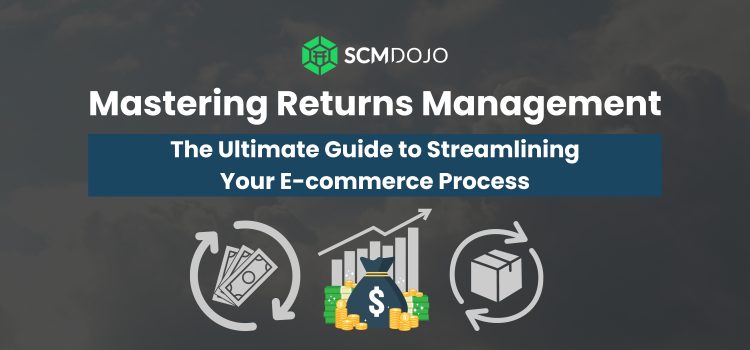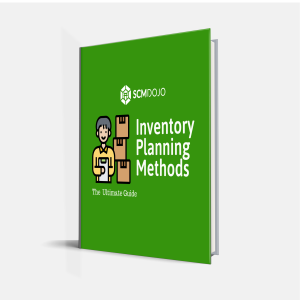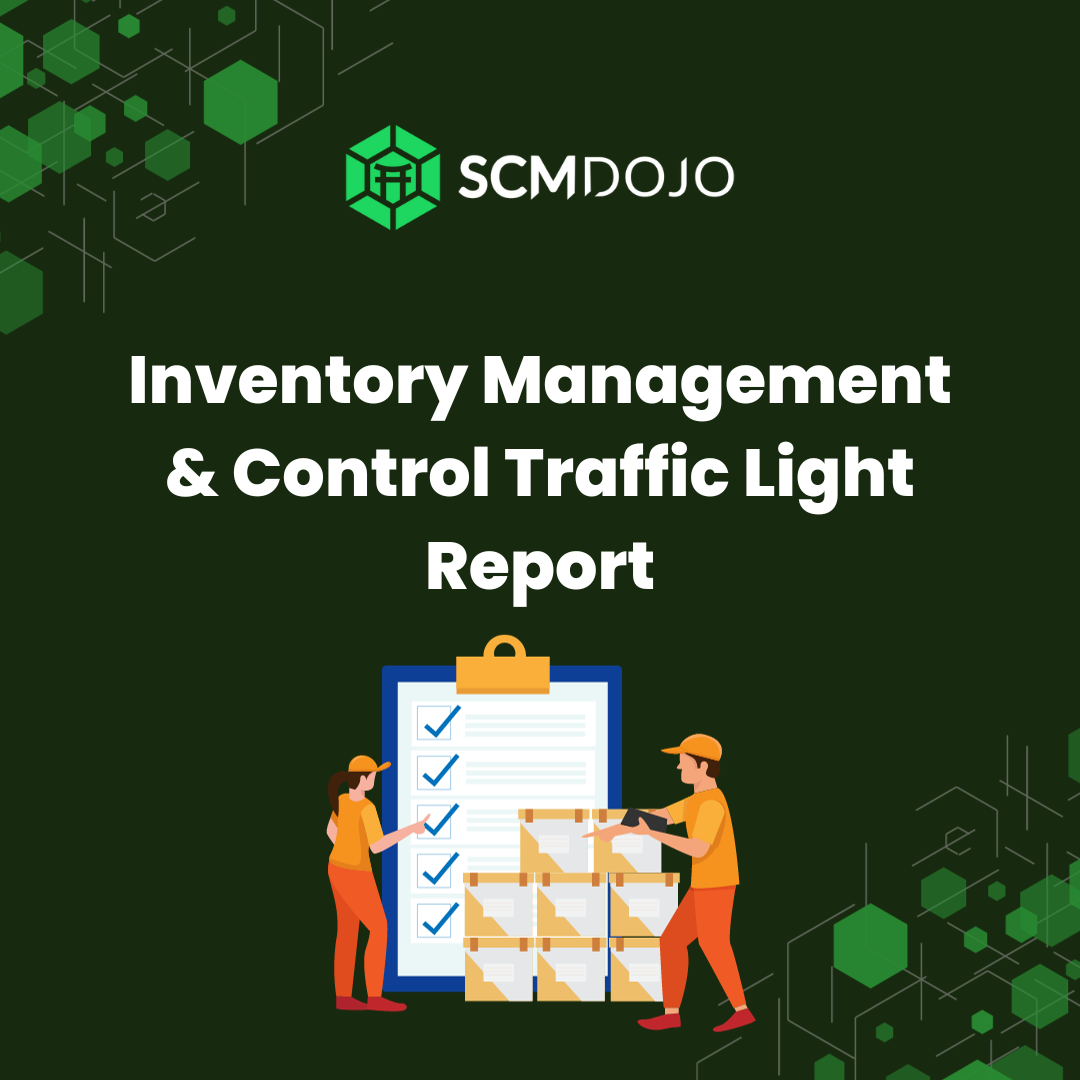With the increase in online purchases, especially after the health crisis of the COVID-19 pandemic, the eCommerce industry is booming like anything. Most eCommerce and online businesses focus on forwarding logistics and last-mile delivery to reduce delivery time. Unfortunately, the majority of them miss one of the critical aspects of the supply chain – the Return Management of goods.
The bad news is that almost 30%* of online purchases are returned. There may be numerous reasons behind it, but it discourages the customers if the return process is complicated. Statistics revealed that 92%* of buyers stick to the business if the return process is simple.
Therefore, to mark a success in the eCommerce or online business, it is vital to have a robust return management system.
What is Returns Management?
Earlier the customer return process was considered a loss of money. But nowadays, it is an integral part of the supply chain. Even the aftersales service matters more than the delivery of the product. According to research, aftersales service, including returns, ranks No-1 in building customer trust.
Return Management, also known as reverse logistics, is a process where the customer returns the goods they purchased. The company arranges to pick up the items from the end buyer and take them to the warehouse. The whole process is mainly triggered, tracked, and controlled through digital platforms like websites or mobile applications.
The process does not end here. After receiving the returned product, the company decides whether to dismantle it and keep the useful parts, recycle it, repair the product, or scrap it as a whole. The decision depends on the situation and condition of the returned item.
The vital part is the organization needs to decide whether to deliver a new product to the customer or initiate a refund. The other options available are to store the amount as credit or offer a repair.
Access more about 6 Must-Have Logistics Competencies and Skills to Master on our website SCMDOJO
Processes of Returns Management:
The return management process depends on the type of purchase- whether online or in-store. But in any condition, it should be simple and easy.
Customer initiates a return or refund:
The return management process starts when the customer requests a return of the product he bought. There may be several reasons like a defective product, wrong product delivered, ill-fitted item or anything else. Through proper channels (for online purchases through the company’s application or website), the buyer requests a return and mentions whether he needs a refund or replacement.
The company accepts or rejects the return request:
Depending on the company’s return policy, the dedicated personnel accept or reject the return request. Usually, the status immediately reflects on the platform, and the customer receives a notification.
The seller arranges a pick-up from the delivery address:
After the acceptance, the seller mentions the expected pick-up date and time and arranges the reverse logistics. Though it is a daunting task for the logistics team to manage the forward and reverse logistics, this is crucial for the company’s brand image and customer retention. Often companies delegate this task to any Third-party logistics (3PL).
Access more about Logistics Service Providers (LSP): 3PL vs 4PL vs 5PL on our website SCMDOJO
The product is delivered to the warehouse or the storage facility:
After collection, the returned product travels back to the major warehouse or storage facility. It is then sorted and inspected for quality. If any aesthetic or functional defect is found, a further decision is taken whether to repair, refurbish, or scrap. Or else it moves to the auditor for further analysis.
Restocking and putting back in inventory:
If the product is QC passed, the warehouse stores and stocks it as per the inventory policy. This product is again ready for sale.
How to Make the Most Out of Returns and Exchanges:
Customer return is an inevitable fact. But you need to find out how to make the most of it. Here are some interesting and effective ways to utilize it in the best form.
Automatic data collection and analysis:
To improve the process, it is imperative to collect the data. Investigate the reason for the return and try to get the customer’s feedback about the return, refund, or replacement process. During the analysis, consider all the demographic factors like age, gender, etc. It is helpful to identify the highly impacted area and improve it in a shorter time.
You can further deep dive and define the type of rejection (directly resaleable, repairable and resaleable, resale at a discounted price, unsaleable) and take decisions accordingly. This is useful to avoid unnecessary losses.
A better understanding of your customers:
The efficient return management process can tell you about the choices and trends of your customers. The information shared by the customer during the return process is beneficial to understanding your buyer’s persona and helps you in lead generation.
Construct a robust return policy:
Prevention is better than cure. A customer return and its management are reactive actions to damage. But the data helps avoid such scenarios. You can understand the loopholes of your return policy and further craft a more stringent yet customer-friendly policy to avoid losses.
7 Ways to Improve Your Returns Management Systems
Product returns are painful for companies. But this is a part of business, and an efficient return management process can help you to reduce expenses drastically. We have summarized some key methods for you.
Capture and understand the controllable and uncontrollable returns:
Customer rejections are costly. If you can identify and analyze the controllable and uncontrollable parts of the returns, you can strategically implement the improvement activities.
Controllable returns are the ones that the business can manage and avoid. For example, poor packaging, improper product description, delayed deliveries, wrong deliveries, etc. Usually, these are major issues, and the good news is that they are manageable.
Uncontrollable returns are mostly where the seller cannot do much. If a buyer changes his mind after purchasing a product and returns it, this is an example of an uncontrollable return.
Measure the cost of return:
Customer satisfaction is one of the critical aspects of measuring a company’s success. But the ultimate goal of a business is to make money. If the cost of customer return is very high and impacts the business’s bottom line, you need to think of some other way. Maybe a refund is an economical option than a replacement.
Clear return policy:
A transparent return policy plays a vital role in mitigating any complications regarding the sales return. You can share it on your website, send a hard copy with the shipment, or reflect it on the partner website through which you are selling. The policy should be easily accessible to the buyers.
Analysis of the reasons for return:
This part provides the deepest insight into your return process. Ask your customers to mention the reason for the return while requesting a return. You can perform the analysis in different ways, like according to items, to any specific geographic location, based on the manufacturer, etc. Use different methods like why-why analysis*, and fishbone diagram* to find the root cause and prioritize them by performing Pareto analysis*.
Quick response and return:
Customer retention is now the focal point of every business. And to improve, a quick response and return process plays a crucial role. According to statistics, 88% of buyers do not prefer to buy from a company that has a late response, return, or refund. Focusing on this area helps you retain clients and is also good for better inventory management.
A transparent process of tracking:
Just like the forward logistics during the delivery of an order, a transparent tracking system for the return process can also help you improve your return management. An update on the packing status, delivery, and expected time of return through a digital medium or email and SMS notification improves the trust quotient of your brand.
Use a return fulfillment center:
Having a separate return fulfillment center is a good option if you do not have enough time to manage the return products. Nowadays, several third-party suppliers provide such services. This system provides you ample time to focus on the core business, and you do not need to worry about return management.
Benefits of Optimized Returns Management
Return management is a cumbersome process. But if you can manage the customer return process efficiently, it can benefit you in several ways.
Improve profit margin:
Return management is an integrated part of an eCommerce and online business. It is hard to avoid, but the process can be improved to increase the profit margin.
- Optimize the transportation expense of reverse logistics
- Explore the option of reselling rather than scrapping the products. This will save you from a complete loss.
- Try to repair or refurbish the damaged product if possible and resell it.
- Do a detailed rejection analysis, find the root cause, and eliminate the vital issues first. This way, you can reduce the percentage of major returns.
Boost customer satisfaction:
Return management may be an underrated aspect from the business perspective. But it is a vital point from the customer’s point of view. If you have a poor return process, it will directly impact the customer’s feelings about your brand image. The after-sales service is more important than just selling a product.
An unhappy client can easily convert to a detractor and divert your existing customers easily. You need to rectify the bad experience without any delay by offering suitable options like an exchange or refund without any hassle. This will help you boost customer delight, which is the key to success.
Improve turnaround time:
A quick return can help you to get the returned product fast. You can repair or resell it faster, which helps to eliminate the cost of a new purchase.
Waste reduction:
Efficient return management talks about the handling of the returned products as well. You need to analyze every product and explore the ways to reuse it or monetize it. A thorough inspection can give you an insight into which products can be resold, which can be repaired at a minimum cost, and what are the items to be scrapped. This process saves a lot of costs and helps you manage your warehouse space effectively.
Conclusion:
It is now evident that to run a successful eCommerce or online business, you need to take return management seriously. This does not mean implementing costly hi-tech software; you can incorporate the best practices to improve the system. Optimized fleet management with flexible route planning, capacity allocation for return products, and regular analysis of the root causes are some of the ideal steps to establish better return management.
Returns Management FAQs:
Q1. What is RMA?
Ans:- RMA or return merchandise authorization is a process used by online and eCommerce businesses to allow the buyer to return the product. You need to have a correct process to respond to the issues before setting up an RMA. It can help to reduce return management costs and boost customer delight.
Q2. What is the process for handling a customer return?
Ans:- In a standard online or eCommerce business, five major steps are involved in the return process.
- The customer raises a return request
- The company accepts or rejects the request as per the policy
- The seller initiates a replacement or refund for the return
- The seller initiates a pick-up of the product from the delivery address
- The seller receives the product and, after proper Quality checks, decides to keep it, repair it, or escape the material
Q3. What are the reasons for a return?
Ans:- There may be several reasons for customer return. Some common factors are
- Damaged product delivered
- Wrong product delivered
- The product is not as per requirement or does not match the description
- Delayed delivery
- Poor quality product delivered
- The customer changes his mind and choice
Q4. How is customer return linked with business growth?
Ans:- An efficient return management can help the growth of the business in several ways. It improves customer satisfaction which in turn improves customer retention. A happy customer can become your brand’s advocate, and that is also without any cost. Good references always help to generate leads and thus more sales and growth.
References:
www.invespcro.com/blog/ecommerce-product-return-rate-statistics/
www.nextiva.com/blog/customer-service-statistics.html
businessmap.io/lean-management/improvement/5-whys-analysis-tool
asq.org/quality-resources/fishbone
www.mindtools.com/afzbk2y/pareto-analysis
About the Author – Koushik Majee
A writer by passion, A Mechanical Engineer by education, and a Supply Chain expert by profession, Koushik loves writing about industry trends. He is an eager learner about the nitty-gritty of the supply chain market. An old fellow in pen and paper, Koushik likes to craft complex issues in a simple, comprehensive way. With extensive professional experience spanning more than 15 years, he manages business work on the one hand and lives his passion for writing on the other. When not resolving the complex issues of the Supply Chain, he can be found making toys and artifacts. Home alone, Koushik loves to play his guitar or make DIY machines for his little angel.
Visit his profile at LinkedIn for Contact!
Recommended Reading

How to Integrate WMS to My Business
This practical guide explains what is Warehouse Management System (WMS) is, the benefits of a WMS, and Why you should consider a WMS for your operation.
This guide aims to describe the present use, application, and characteristics of selecting various inventory planning methods and to explain how the methods are applied by supply chain professionals.









